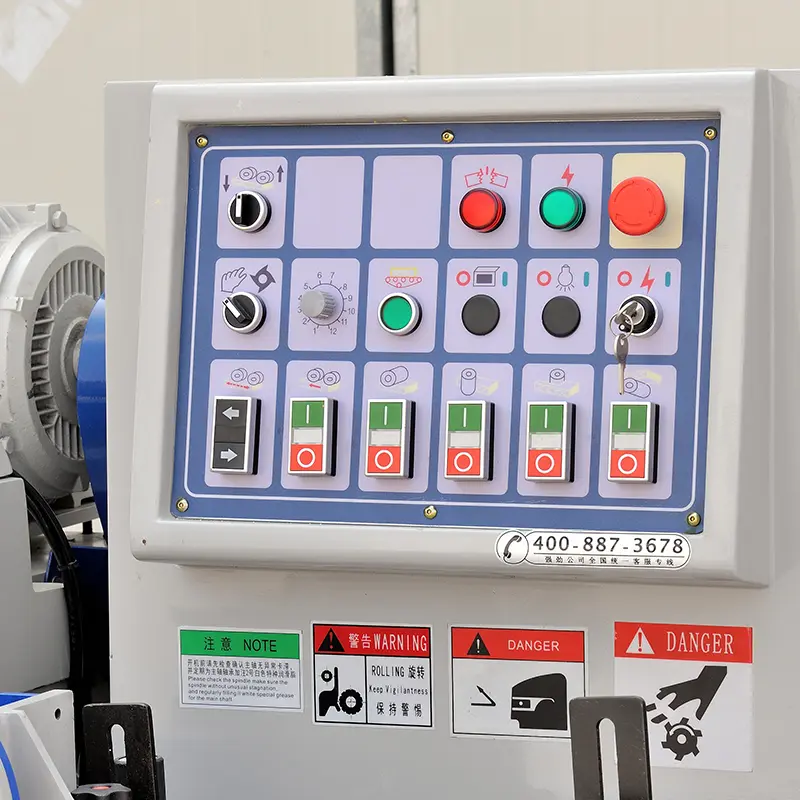Woodworking is a timeless craft that has been practiced for centuries, and in today’s world there is an increasing emphasis on sustainable practices within the industry. One of the key tools in woodworking for minimizing waste and maximizing resources is the wood plane. This versatile tool not only helps create smooth, flat surfaces, but it also plays a vital role in sustainable woodworking by reducing material waste. In this article we will explore the importance of sustainable woodworking and how wood planers can contribute to achieving this goal.
Sustainable woodworking is a philosophy that seeks to minimize the environmental impact of woodworking practices while maximizing the efficient use of resources. This approach involves using responsibly sourced wood, reducing waste and incorporating environmentally friendly techniques throughout the woodworking process. By using sustainable practices, woodworking can help conserve natural resources and reduce your carbon footprint.
One of the major challenges of woodworking is working with uneven, rough, or warped wood. This is where the wood planer comes into play. A wood planer is a hand tool or machine used to remove thin layers of wood to create a smooth, even surface. By using a planer, woodworkers can transform rough lumber into usable, high-quality material, minimizing waste and maximizing yield from each piece of wood.
When working with rough wood, woodworkers can use a wood planer to remove imperfections such as knots, cracks, and uneven surfaces, turning it into a smooth, flat board that can be used for a variety of woodworking projects. The process not only enhances the beauty of the wood, it also ensures that a greater proportion of the material is utilized, reducing the amount of waste generated during the woodworking process.
In addition to ready-to-use logs, wood planers can be used to create custom-sized boards, moldings, and other wood components, further optimizing wood use and minimizing waste. By precisely shaping and sizing lumber to meet specific project requirements, woodworkers can avoid unnecessary waste and maximize the efficiency of materials.
Additionally, wood planers can be used to recycle and repurpose old or reclaimed wood, contributing to sustainable woodworking practices. By removing surface imperfections and bringing out the natural beauty of wood, planers can breathe new life into recycled materials, allowing woodworkers to create unique and environmentally friendly pieces while reducing the need for new wood.
When it comes to sustainable woodworking, material selection is crucial. Using sustainably sourced wood, such as FSC certified wood or recycled wood, is an important aspect of sustainable woodworking. By maximizing the use of these materials with wood planers, woodworkers can further reduce their environmental impact and promote responsible forest management.
In addition to minimizing waste, wood planes help improve the overall efficiency and quality of your woodworking projects. By creating a smooth, flat surface, the planer ensures that the wood parts fit together seamlessly, resulting in a stronger, more durable finished product. This not only enhances the functionality of the wood but also extends its lifespan, in line with sustainable development principles by reducing the need for frequent replacement or repairs.
In summary, sustainable woodworking is a holistic approach that includes responsible sourcing of materials, waste reduction, and environmentally friendly practices throughout the woodworking process. Using wood planers helps achieve these goals by helping to minimize waste, maximize resource use and promote efficient and sustainable use of wood. By adopting sustainable woodworking practices and utilizing the power of wood planes, woodworkers can contribute to a more environmentally friendly and sustainable future for the woodworking craft.
Post time: Jul-22-2024

